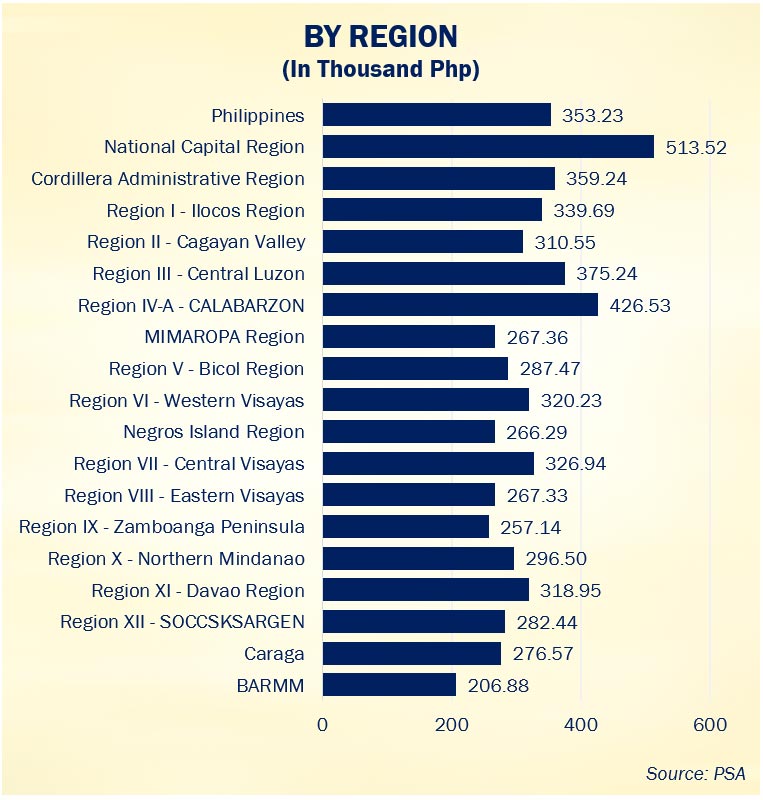The Monetary Board yesterday decided to reduce the target reverse repurchase (RRP) rate of the Bangko Sentral ng Pilipinas (BSP) and hinted at further reductions in the next meetings.
RRP rate now stands at 6.25 percent. The interest rates on the overnight deposit and lending facilities were accordingly adjusted to 5.75 percent and 6.75 percent, respectively.

“With inflation on a target-consistent path, the current macroeconomic outlook supports a calibrated shift to a less restrictive monetary policy stance,” Eli Remolona Jr., BSP governor and Monetary Board chief, said.
He said inflation is projected to trend downward to within the government’s 2 to 4 percent target range despite the uptick in July.
“We see inflation trending downward, settling within the target range for 2024 to 2026,” BSP Deputy Governor Francis Dakila Jr. said.
Based on the latest readings, Dakila said the forecast for 2024 is now at 3.3 from 3.1, representing a slight upward adjustment because of the carry-over on the July inflation.
For 2025, the forecast is now at 2.9 percent from 3 percent, and 3.3 percent for 2026.
“The balance of risks continues to lean on the downside for 2024 and 2025 and slight upside for 2026,” Dakila said.
“This outlook is supported by well-anchored inflation expectations over the policy horizon,” Remolona added.
According to Remolona, the downside risks are linked mainly to lower import tariffs on rice, while upside risks could come from higher electricity rates and external factors.
“The Monetary Board also expects domestic demand prospects to hold firm. Despite tight financial conditions, second-quarter GDP growth has been solid and the unemployment rate has declined. Public investment alongside easing price pressures and robust employment conditions are expected to support economic activity,” Remolona said, noting that “monetary authorities remain mindful of lingering upside risks to prices.”
He said it is hoped that the easing stance will “make lending rates lower, make credit easier.”
“It’s one move. We may need further moves in the same direction. We’ll see,” Remolona said, adding that the tweaks to the policy stance will be “measured.”
“Something pretty bad has to happen (to warrant) for a 75-basis point cut,” Remolona said.
Gareth Leather, senior Asia economist of London-based Capital Economics, said “another 50 basis points of cuts before the end of the year” is expected.
“The tone of the central bank’s press conference suggests further easing is likely over the coming months. The weak GDP figures released last week suggest that the economy would certainly benefit from further easing. Growth slowed to just 0.5 percent in the second quarter, from 0.9 percent in the previous quarter, on the back of a contraction in private consumption and exports,” Leather said.
Although headline inflation rose from 3.7 percent in June to 4.4 percent last month, Leather said inflation is seen “to drop back to target in August on the back of beneficial base effects and remain low throughout the rest of the year.”
“If we are right, this should give the central bank the confidence it needs to loosen policy further over the coming months. The BSP said that inflation expectations were well anchored and that the risks to its 3.4 percent forecast for this year were to the downside,” he said.
“Overall, we are expecting a 25bps cut in the BSP’s two remaining meetings of the year in October and December. Our forecasts are more dovish than the consensus,” Leather said.
July’s inflation upturn brought the national average inflation to 3.7 percent, at the higher end of the government’s target range of between 2 and 4 percent.
Core inflation, which excludes selected food and energy items, slowed down to 2.9 percent from 3.1 percent in the previous month. In July 2023, core inflation was higher at 6.7 percent.
Remolona said this was consistent with the BSP’s latest assessment that inflation will temporarily settle above the target range in July 2024 due mainly to higher electricity rates and positive base effects but will likely follow a general downtrend beginning in August 2024.





